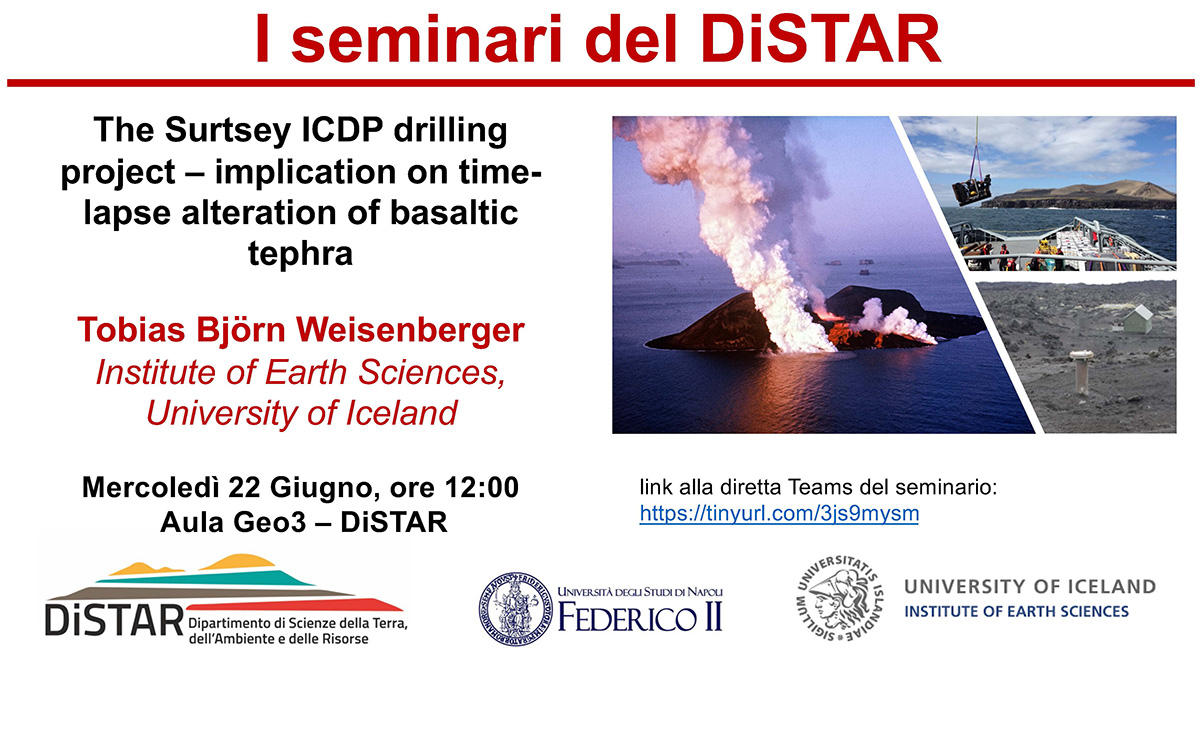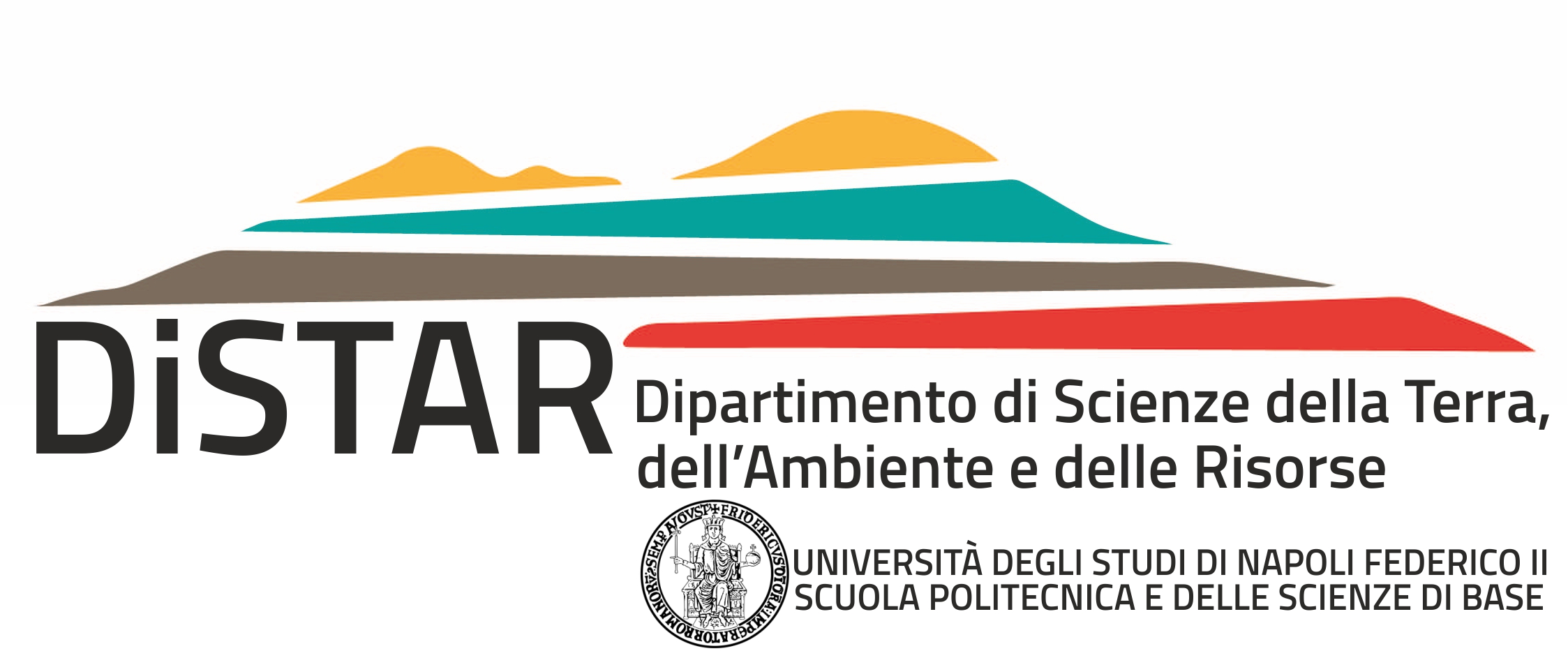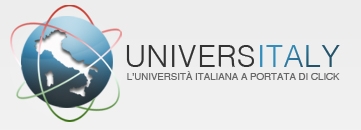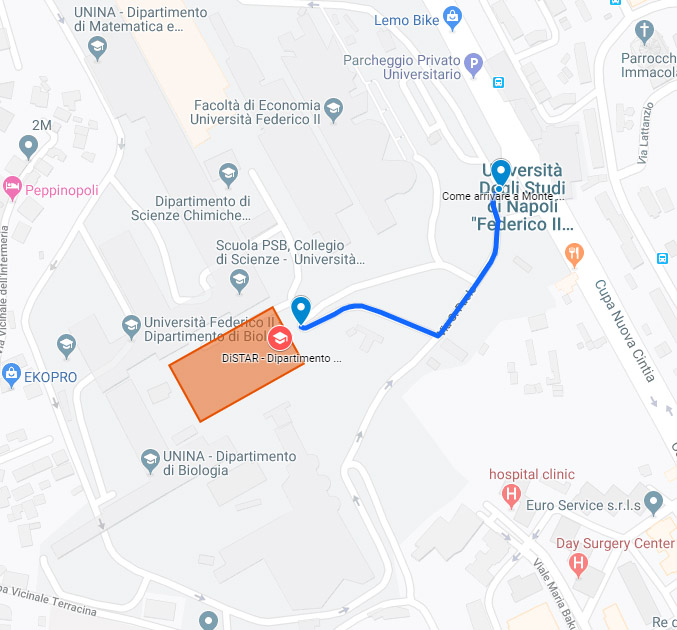
si potrà seguire il seminario anche sulla piattaforma Teams, utilizzando il seguente link: https://tinyurl.com/3js9mysm
Abstract
Tobias Björn Weisenberger
(Institute of Earth Sciences, University of Iceland)
E-mail:
Part A:
In 1963, a submarine eruption was observed off the south coast off Iceland. Eruptive activity continued until 1967 and subsequently the island of Surtsey was born. In 1979, a vertical drill hole (SE-01, 181 m) was cored. Studies of the core revealed that the Surtsey tephra had undergone a progressive alteration resulting in advanced lithification. In the seawater-dominated hydrothermal system, primary basaltic glass experiences intensive palagonitization and formation of secondary minerals, including analcime and phillipsite. In 2015, an international research group initiated a new drilling project on Surtsey, where one of the aims was to study the time-lapse evolution of the hydrothermal system and the associated mineralogical, geochemical, and microbiological processes. In July – September 2017, three cored boreholes were drilled on Surtsey by the International Continental Scientific Drilling Program-supported SUSTAIN drilling project. Two vertical holes (SE-02a, SE-02b), 152 and 192 m deep respectively, are parallel and adjacent (< 8 m distance) to the 1979 (SE-01) borehole. In addition, a 35° angled cored borehole (SE-03) was drilled from the same drilling platform to the west, under the Surtur I crater. This core extends to a measured depth of 354 m, which corresponds to a vertical depth of about 290 m. Wireline downhole logging was carried out in SE-02b before installation of a Surtsey Subsurface Observatory for in situ incubations experiments. Core processing took place on the nearby island of Heimaey during the drilling operation in August-September and at the Icelandic Institute of Natural History, near Reykjavík, in October-November. Observation of the newly retrieved core material indicate that the consolidation of the Surtsey tephra has progressed since 1979 by ongoing palagonitization of basaltic glass, alteration of primary magmatic olivine and plagioclase and the formation of secondary minerals including clay minerals and zeolites.
Part B:
The ocean island of Surtsey represents a unique opportunity to study basaltic tuff alteration as a function of time and temperature due to the very well constrained age of the island’s hydrothermal system and a set of temperature logging data that represents several decades of continued monitoring. Petrographic thin sections from one of the vertical cores were contrasted with depth-equivalent samples from the archived 1979 Surtsey core to track the alteration progress in terms of the extent of palagonitization and pseudomorphic replacement of olivine phenocrysts by secondary clay minerals and to document the evolution of authigenic mineral parageneses at variable depths. The most important findings are summarized below. Alteration of basaltic tuff is found to have progressed at variable rates depending on depth and temperature between 1979 and 2017. Five zones of distinct alteration style are defined based on petrographic criteria that correlate well between the two drill cores. Palagonitized glass in the tuff samples can be categorized into three different petrographic types that range from mostly amorphous (type I) to increasingly crystalline (type II and III), representing progressive stages of glass devitrification. The rates of palagonitization and olivine replacement as well as the process of palagonitized glass devitrification are found to be positively correlated with temperature.






